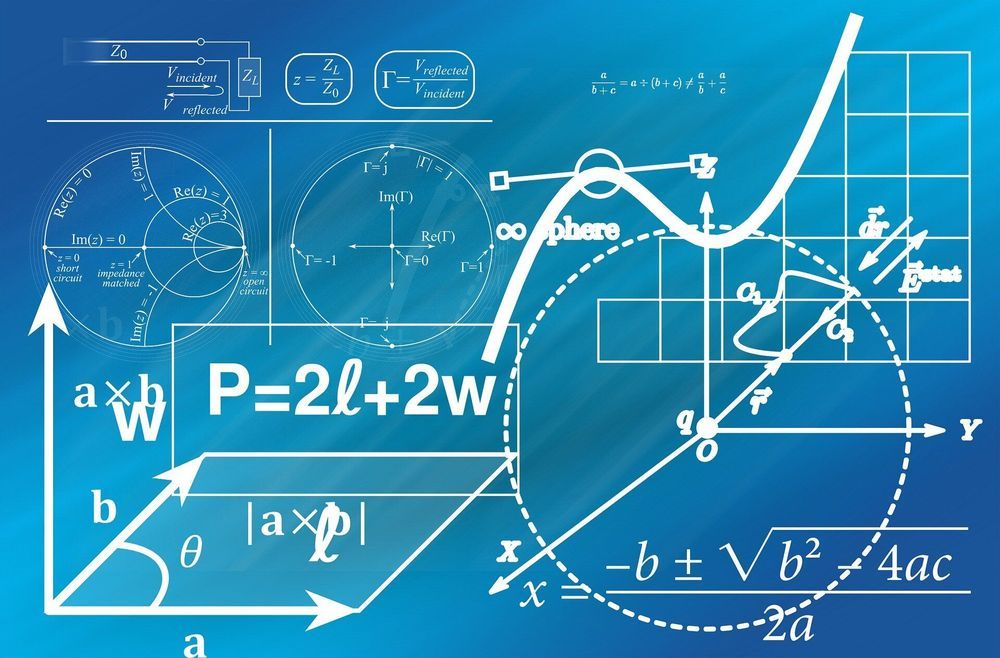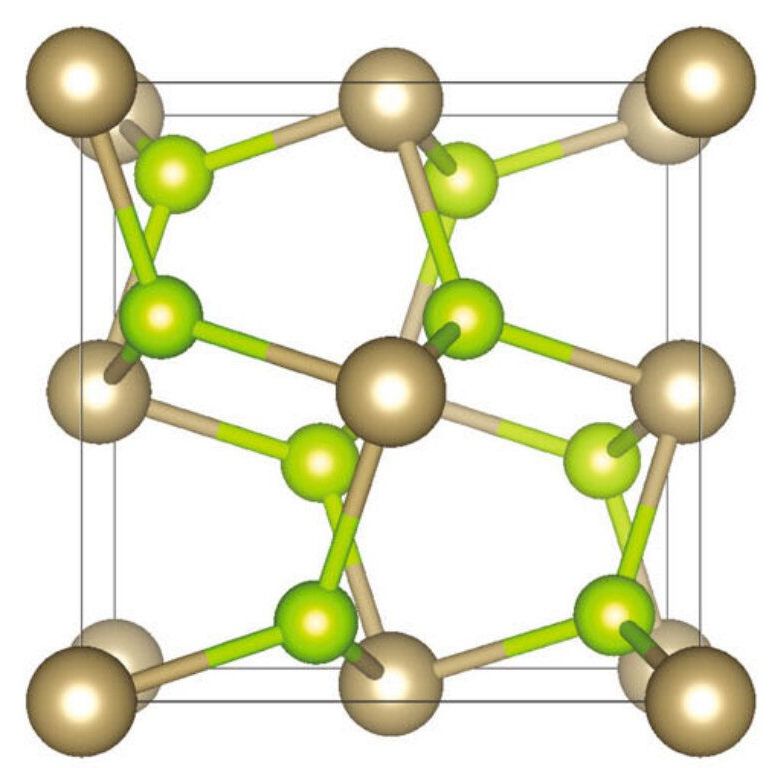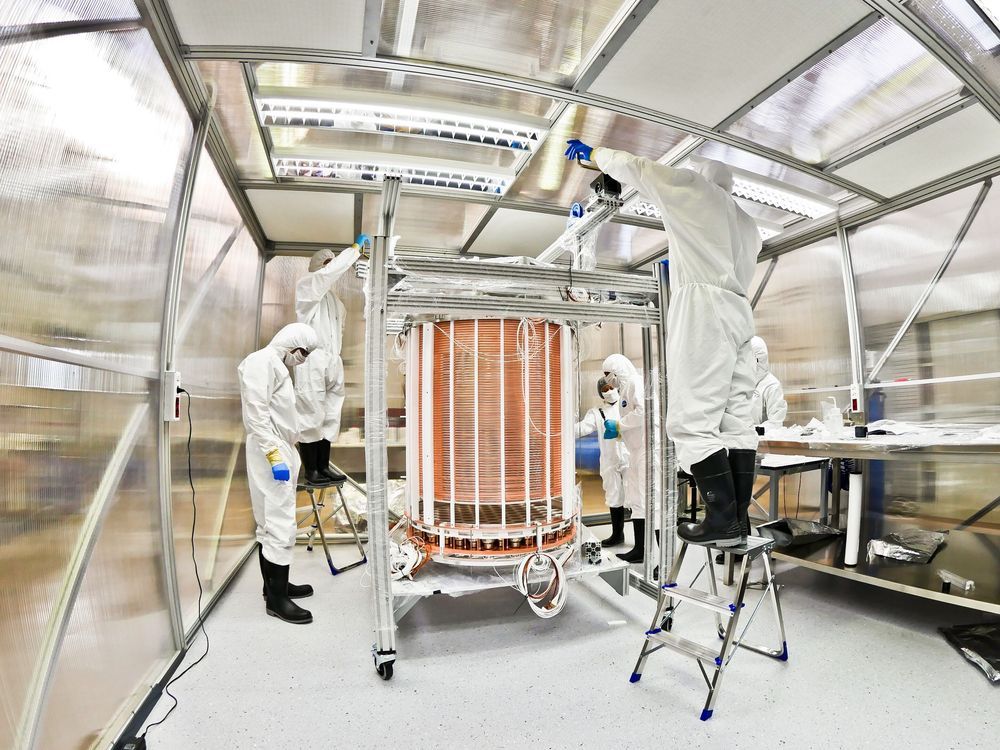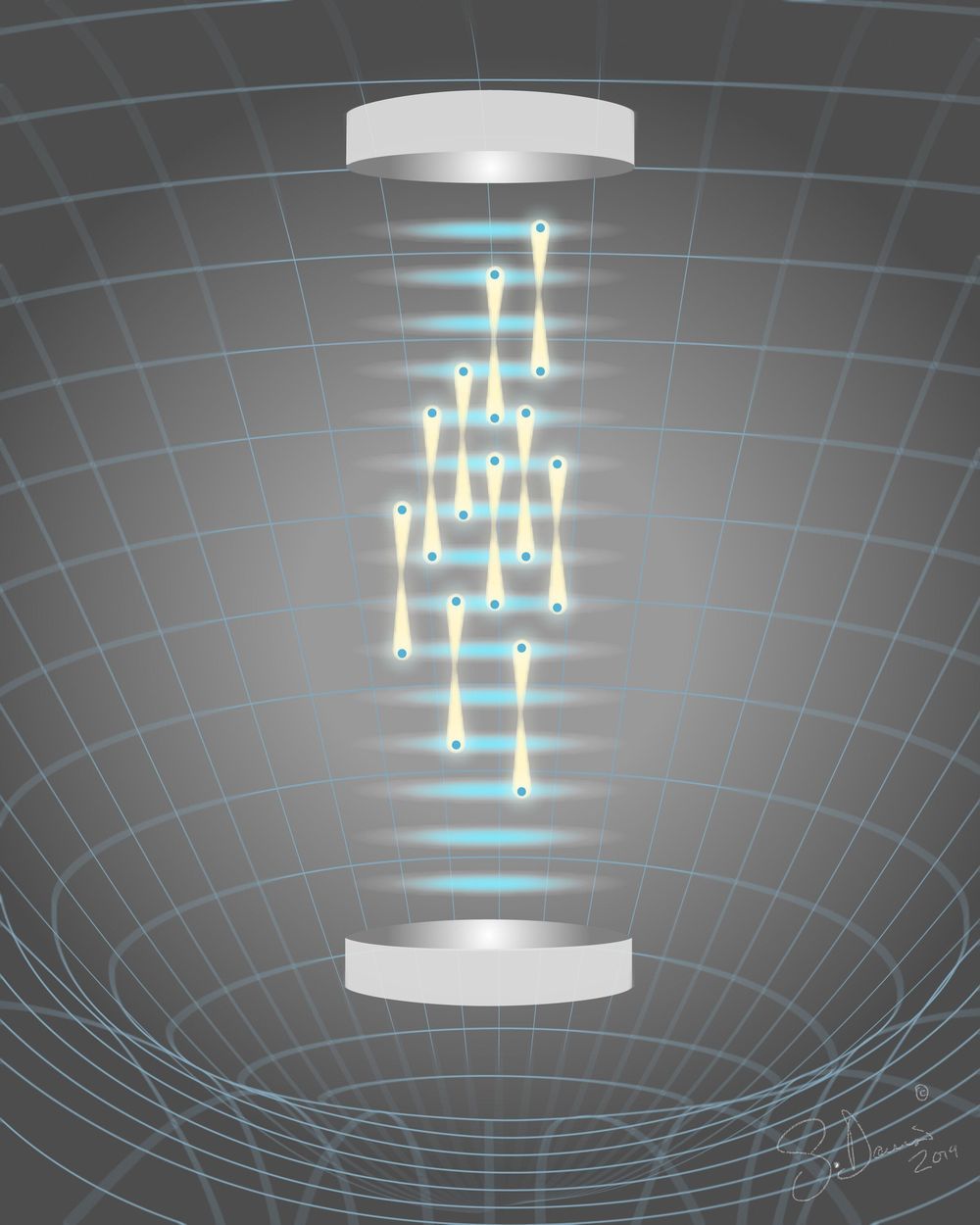Nov 14, 2019
Unique properties of quantum material explained for first time
Posted by Saúl Morales Rodriguéz in categories: nanotechnology, particle physics, quantum physics
The characteristics of a new, iron-containing type of material that is thought to have future applications in nanotechnology and spintronics have been determined at Purdue University.
The native material, a topological insulator, is an unusual type of three-dimensional (3D) system that has the interesting property of not significantly changing its crystal structure when it changes electronic phases—unlike water, for example, which goes from ice to liquid to steam. More important, the material has an electrically conductive surface but a non-conducting (insulating) core.
However, once iron is introduced into the native material, during a process called doping, certain structural rearrangements and magnetic properties appear which have been found with high-performance computational methods.
















